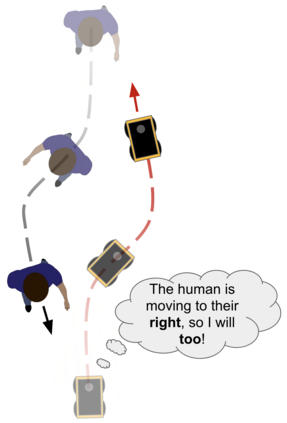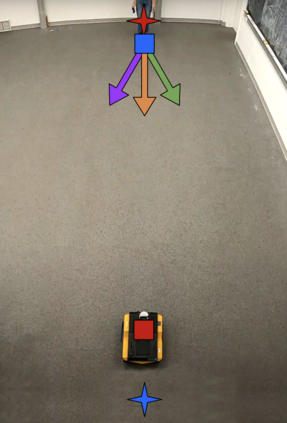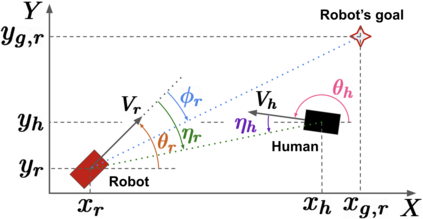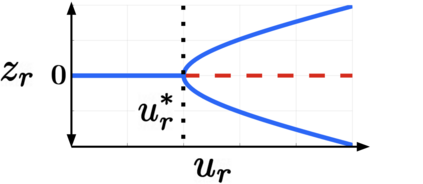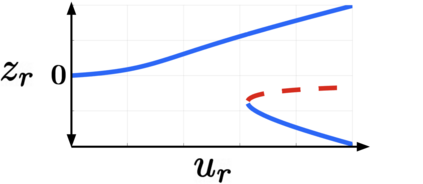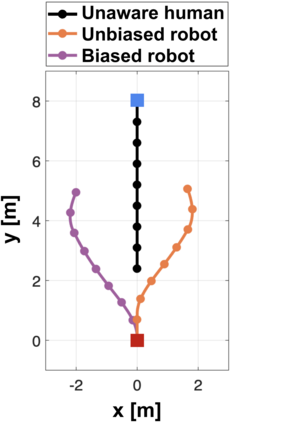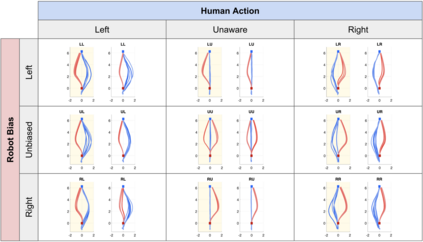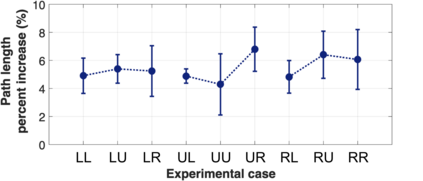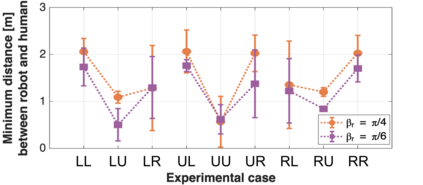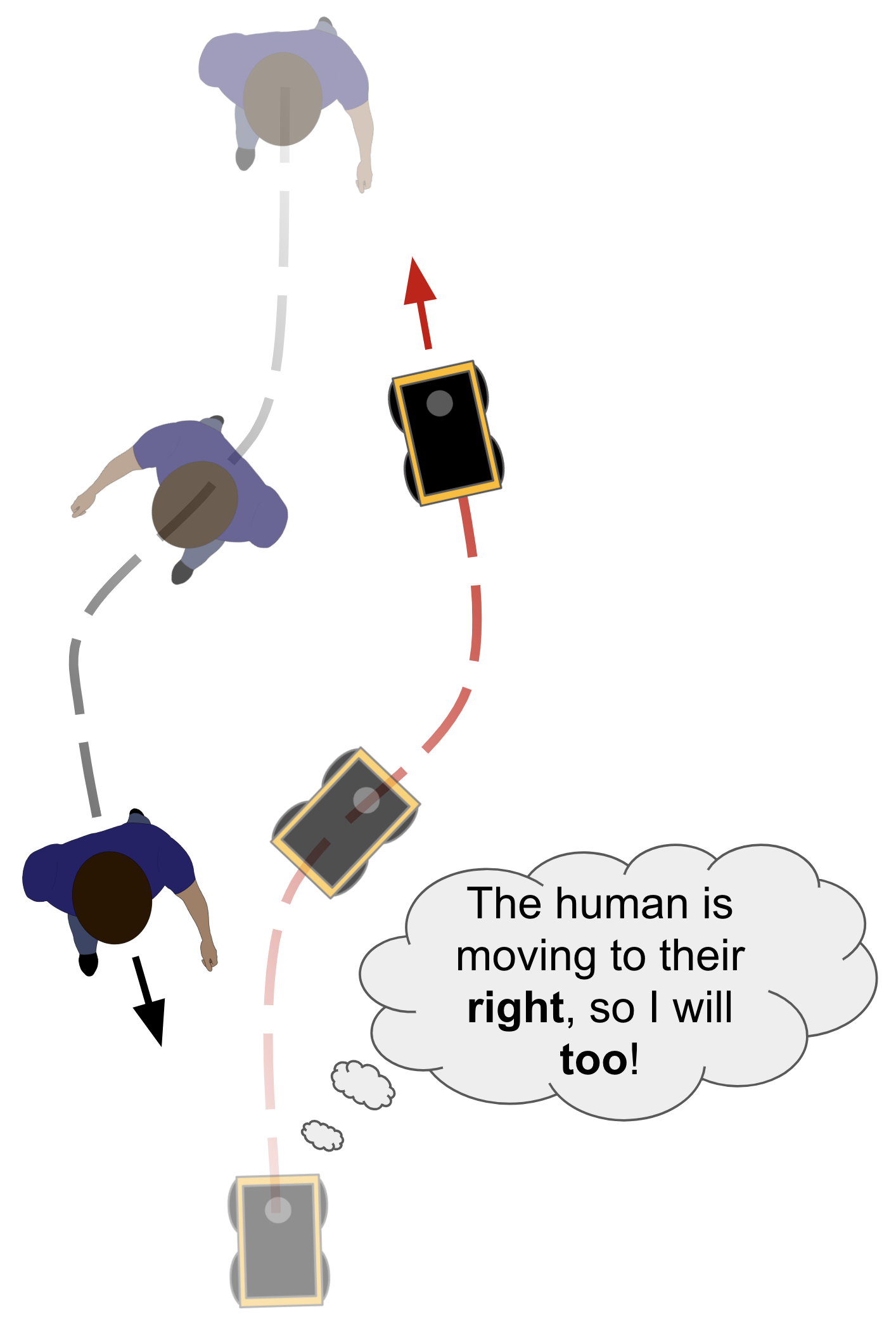We propose, analyze, and experimentally verify a new approach for robot social navigation in human-robot corridor passing that is driven by nonlinear opinion dynamics. The robot forms an opinion over time in response to its observations, and its opinion drives its motion control. The algorithm inherits a key feature of the opinion dynamics: deadlock, also known as the "freezing robot" problem, is guaranteed to be broken even if the robot has no bias or evidence for whether it is better off passing on the right or the left. The robot can also overcome a bias that is in conflict with the passage choice the human makes. The approach enables rapid and reliable opinion formation, which makes for rapid and reliable navigation. We verify our analytical results on deadlock breaking and rapid and reliable passage with human-robot experiments. We further verify through experiments that a single design parameter can tune the trade-off between efficiency and reliability in human-robot corridor passing. The new approach has the additional advantage that it does not rely on a predictive model of human behavior.
翻译:我们提议、分析并实验性地核查由非线性观点动态驱动的人类机器人走廊的机器人社会导航新办法。 机器人随着时间的推移根据其观察形成一种意见, 其意见驱动其运动控制。 算法继承了观点动态的一个关键特征: 僵局,又称“ 冻结机器人”问题, 即便机器人没有偏向或证据来判断它是否最好通过右或左。 机器人也可以克服与人类选择的通过相冲突的一种偏向。 该方法能够快速而可靠地形成意见, 从而促成快速而可靠的导航。 我们核查关于僵局打破的分析结果以及人类机器人实验的快速可靠通道。 我们通过实验进一步核实单一设计参数能够调节人类机器人走廊效率和可靠性之间的权衡。 新的方法还有额外的好处, 它并不依赖人类行为的预测模型。

